#South Borneo
Text
Kalimantan Selatan
CekIndonesiaku.com – Kalimantan Selatan merupakan salah satu provinsi di pulau Kalimantan, Indonesia. Sejak 16 Maret 2022, ibu kota provinsi KalSel dipindahkan ke Kota Banjarbaru dari Kota Banjarmasin. Provinsi ini adalah tempat tinggal bagi etnis Banjar dan memiliki luas wilayah 38.744,00 km² dengan populasi mencapai 4.234.214 jiwa pada akhir tahun 2023, serta terbagi menjadi 11 kabupaten dan 2…
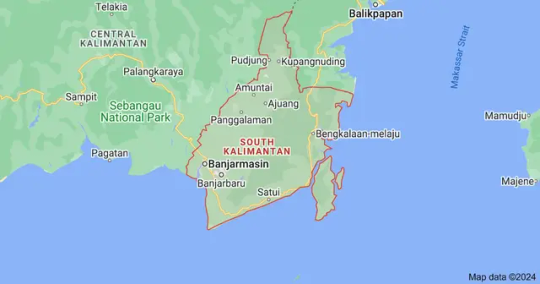
View On WordPress
0 notes
Photo
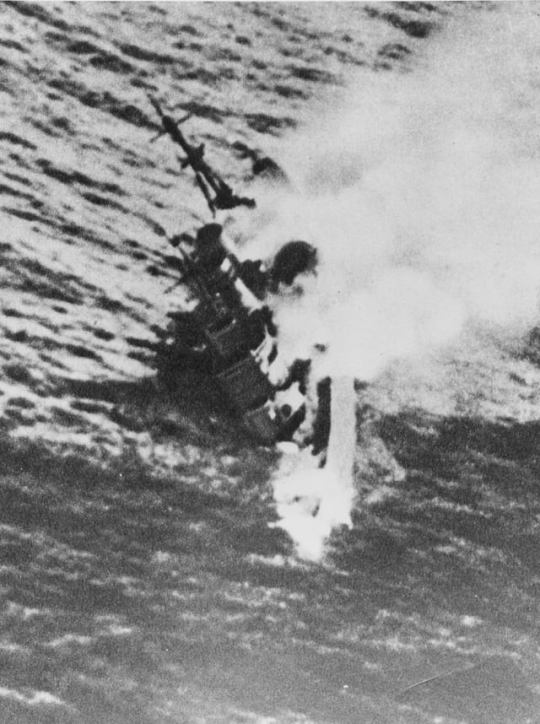
HMS Exeter sinking south of Borneo, Dutch East Indies, 1 Mar 1942.
74 notes
·
View notes
Photo

Le Major-Général Michio Uno de la 37e Armée japonaise dépose son sabre aux pieds du Lieutenant-Colonel Ewan Murray Robson de l'Armée australienne – Campagne de Bornéo – Banjarmasin – Bornéo – 17 septembre 1945
Photographe : Caporal Robert Eric Donaldson
©Australian War Memorial – AWM 118033
#WWII#Guerre du Pacifique#Pacific War#Pacifique du Sud-Ouest#South West Pacific#Indes orientales néerlandaises#Dutch East Indies#Campagne de Bornéo#Borneo campaign#Capitulation japonaise#Surrender of Japan#Armée impériale japonaise#Imperial japanese army#37e Armée japonaise#37th Japanese Army#Michio Uno#Armée australienne#Australian Army#Ewan Murray Robson#Banjarmasin#Bornéo#Borneo#17/09/1945#09/1945#1945
9 notes
·
View notes
Text
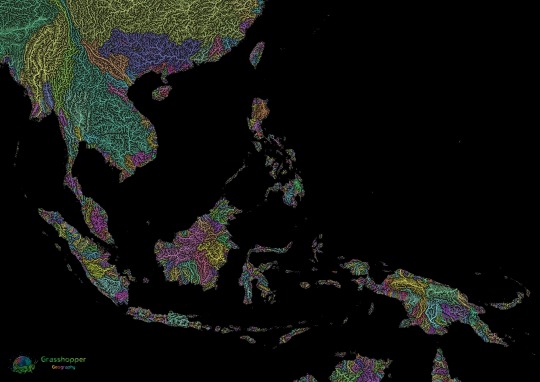
River basin map of Southeast Asia in pastel colours. Each colour represents a different catchment area.
Read more and buy prints here.
Ko-fi | RedBubble | Etsy (digital prints)
#southeast asia#south asia#east asia#asia#indonesia#vietnam#singapore#borneo#new guinea#malaysia#thailand#philippines#sumatra#geography#maps#artists on tumblr#cartography#my art#wall art#digital art#river map#watersheds#watershed map
7 notes
·
View notes
Text






The Saint: The Sign of the Claw (3.18, ITC, 1965)
"Before you die, you'll regret that!"
"I regret it now; I should have snapped your leg off."
#the saint#the sign of the claw#leslie charteris#terry nation#leslie norman#roger moore#suzan farmer#peter copley#godfrey quigley#geoffrey frederick#leo leyden#kenjin takari#burt kwouk#john rees#kristopher kum#michael chow#anthony chinn#per the end credits‚ this ep is based on a Charteris short story called Arizona about a nazi scientist trying to steal a ranch in the US of#A; Nation appears to have used only the ranch aspect in his script‚ bc this is another unusually topical Saint ep. we're in nowhere more#specific than South East Asia‚ but reading between the lines this is clearly Borneo at the height of the Indonesia Malaysia conflict#old Tel is surprisingly forthright in his politics once or twice; Simon's opening monologue is all about how‚ despite the use of euphemism#this really should be considered a war (an actual criticism leveled both then and since) and later uses a villainous white character to#suggest that perhaps colonialism isn't actually all that great and self governing for former colonies is right and proper. i mean it isn't#a hugely leftwing script or anything‚ but by Saint standards this is almost radical. there are some choices in language which are#regrettable (by both the villains and Simon) but notably this is maybe the first episode in such a setting to not feature any yellowface#and actually cast asian actors (a low bar but one frequently limbo'd under by 60s tv). Kwouk had worked for ITC as a regular on The#Sentimental Agent and would pop up in many of their shows. it didn't occur to me until the episode had finished‚ but i have no idea to what#the title refers; there is no claw nor sign of it‚ and whilst i get Terry couldn't exactly call it Arizona‚ it's a weird choice. also i#feel obliged to point out to any potential viewers of a delicate disposition regarding war films etc; this is perhaps the most bloodthirsty#episode so far‚ with Simon alone gunning down half a dozen or more ppl. the jungle sets are surprisingly well realised too for sound stages
3 notes
·
View notes
Text
Finally watched the Nations of the World song, it brought a year to my eye. They were so lucky this was pre social media
#asia is a fucking travesty 😭 girl wtf is “Bangladesh asia”. Girl wtf are those borders. They were so lazy w. Asia & Africa#ONE KOREA#Sumatra as a country...Borneo..#Americans love referring to this song... im starting to doubt that u are all burned out gifted children.#WHERE IS AFRICA. Not even south Africa 😭#“i remember this song by heart so Im pretty good w geography” hurt my eye to read reddit tortures me every time i visit
0 notes
Text
By then it was also spreading down the Malay Peninsula and across the South China Sea to the Philippines and Borneo (Figure 2.8.)
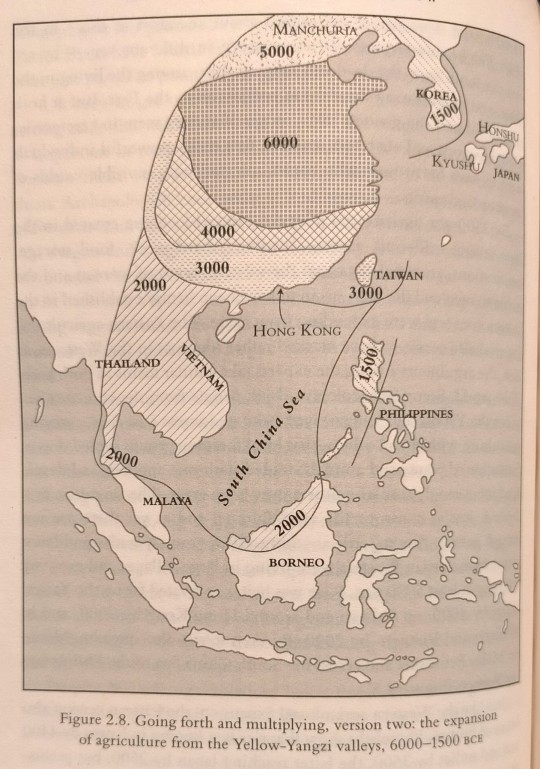
"Why the West Rules – For Now: The patterns of history and what they reveal about the future" - Ian Morris
#book quotes#why the west rules – for now#ian morris#nonfiction#agriculture#yellow river#yangzi river#korea#japan#taiwan#hong kong#thailand#vietnam#malay peninsula#south china sea#philippines#borneo#malaya#manchuria
1 note
·
View note
Text
“Headhunters Trail, Gunung Mulu National Park / Malaysia .â€

0 notes
Text
My niece wanted to play Risk but her cousin and sister just wanted to play with their devices. So I played risk with her. This is my first time ever setting eyes on the risk map & to my horror and delight, i found that the south east asia map has only two regions -- siam for the main land ( vietnam, cambodia, peninsular malaysia, etc) & indonesia for the borneo islands.
#i didn't see the philippines at all#it's not like the other parts are named perfectly#but at least a whole region of multiple countries is not called a single country's old name#idk maybe call it borneo and south east asia
1 note
·
View note
Text
Scientists Discover Ghost of Ancient Mega-Plate That Disappeared 20 Million Years Ago
A Long-lost Tectonic Plate Dubbed “Pontus” that was a quarter of the size of the Pacific Ocean was discovered by chance by Scientists in Borneo
— By Stephanie Pappas | Live Science | October 17, 2023
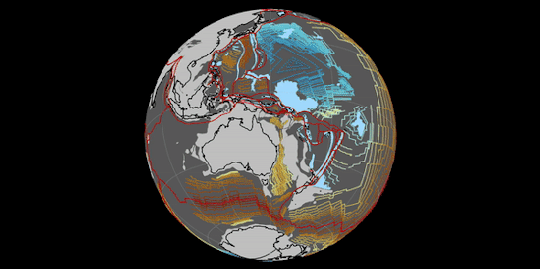
Utrecht University Geologist Suzanna van de Lagemaat has reconstructed a massive and previously unknown tectonic plate that was once one-quarter the size of the Pacific Ocean. Credit: Suzanna van de Lagemaat/Utrecht University, Netherlands
A long-lost tectonic plate that once underpinned what is today the South China Sea has been rediscovered 20 million years after disappearing.
The plate is known only from a few rock fragments from the mountains of Borneo and the ghostly remnants of its huge slab detected deep in Earth's mantle. It was once a quarter of the size of the Pacific Ocean. Scientists have dubbed it the "Pontus plate" because at the time of its existence, it sat under an ocean known as the Pontus Ocean.
"It's surprising to find remnants of a plate that we just didn't know about at all," Suzanna van de Lagemaat, a doctoral candidate at Utrecht University in the Netherlands, told Live Science.
Van de Lagemaat and her colleagues were initially studying the Pacific plate under the Pacific Ocean. Tectonic plates constantly move against one another, and the crust in oceanic plates is more dense than continental plates, so oceanic plates get pushed under continental plates in a process called subduction and disappear. Sometimes, however, rocks from a lost plate get incorporated into mountain-building events. These remnants can point to the location and formation of ancient plates.
The researchers were attempting to find remnants of one of these ancient lost plates, known as the Phoenix plate, while doing fieldwork in Borneo. Scientists can look at the magnetic properties of rocks to learn when and where they formed, van de Lagemaat said; the magnetic field that surrounds Earth gets "locked in" to rocks when they form, and that magnetic field varies by latitude.
But the researchers found something strange when they analyzed the rock they'd collected in Borneo.
"This latitude didn't fit with the latitude we got from the other plates that we already knew about," van de Lagemaat said.
To unravel the mystery, she used computer models to investigate the region's geology over the last 160 million years. The plate reconstruction showed a hiccup between what is now South China and Borneo — an ocean once thought to be underpinned by another ancient plate called the Izanagi plate actually wasn't on that plate. Instead, the Borneo rocks fitted into that mystery gap.
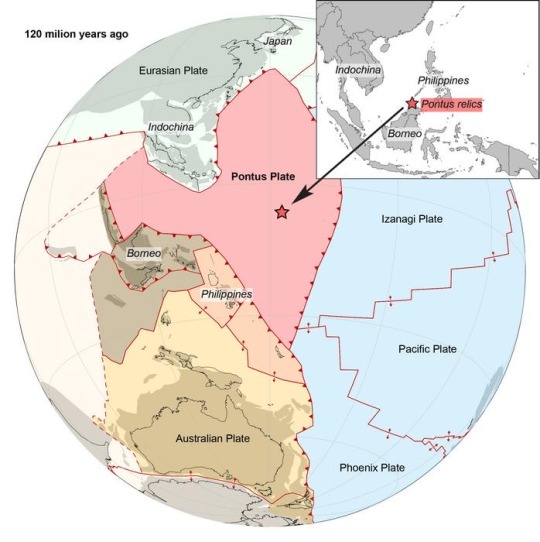
A reconstruction of the Pontus oceanic plate shown in the paleo-Pacific ocean 120 million years ago, along with its present relicts. Credit: Suzanna van de Lagemaat, Utrecht University
The researchers discovered the spot was actually occupied by a never-before-known plate, which van de Lagemaat and her team named the Pontus plate.
The reconstruction, published Sept. 29 in the journal Gondwana Research, shows that the Pontus plate formed at least 160 million years ago but was probably far older. (The rock samples collected in Borneo date back 135 million years.) It was once enormous but shrank steadily over its lifespan, finally getting pushed under the Australian plate to the south and China to the north, disappearing 20 million years ago.
Decade-old research from the same lab also showed a hint of the Pontus plate. That research looked at imaging of Earth's middle layer, the mantle, where the subducted crust ends up. It showed a huge slab of crust of unknown origin, but scientists at the time had no way to determine where it came from, van de Lagemaat said. Now, it's clear that this crust is what's left of the Pontus plate.
— Borneo, a giant, rugged island in Southeast Asia’s Malay Archipelago, is shared by the Malaysian states of Sabah and Sarawak, Indonesian Kalimantan and the tiny nation of Brunei. It’s known for its beaches and ancient, biodiverse rainforest, home to wildlife including orangutans and clouded leopards. In Sabah is 4,095m-tall Mount Kinabalu, the island’s highest peak, and, offshore, the famed dive site Sipadan Island.
#Live Science#Scientists#Ancient Mega-Plate#Tectonic#Pacific Ocean#Suzanna van de Lagemaat | Geologist | Utrecht University#Netherlands 🇳🇱#South China 🇨🇳 Sea 🌊#Borneo
1 note
·
View note
Photo
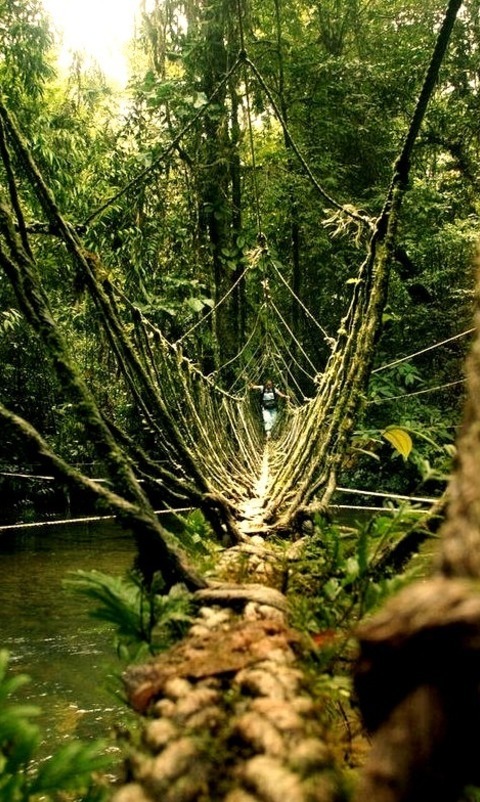
“Headhunters Trail, Gunung Mulu National Park / Malaysia .â€
0 notes
Photo
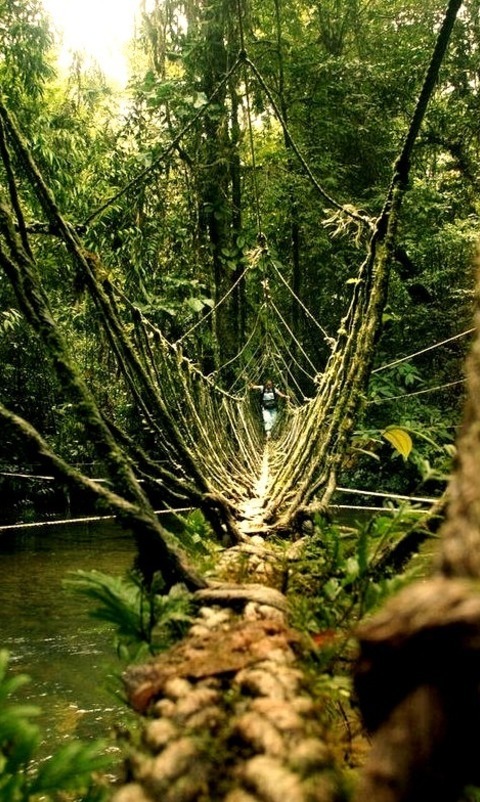
“Headhunters Trail, Gunung Mulu National Park / Malaysia .â€
0 notes
Photo

🌿🌎🍃✨The light is here! Shop @ www.kratomoflife.com
Thank you for your trust!😇
#American Kratom#USA Kratom#California Kratom#Online Kratom Store#Palm Desert Kratom#Palm Springs Kratom#West Coast Kratom#Kratom Near me#Coachella Kratom#Indio Kratom#South East Asia Kratom#Kratom Trees#Borneo Kratom#Red Bali#Green Maeng Da#White Horn#Green Bali#White Maeng Da#Kratom Fusions#Green Malay#Red Maeng Da#Green Borneo#VioletKratom#MitraMagic
0 notes
Text
ok this sounds insane but in 2018 i went to a few carnivorous plant talks at the botany conference in minnesota. i got caught up in conversation with one of the guys there who was a huge nepenthes guy who told me a story about another collector in the pacific northwest who'd been buying poached plants, like a huge amount, and eventually got staked out by the fish and wildlife service and arrested and had all his plants seized and went to prison for it. idk if i ever talked about this on this blog before-- i know i liveblogged a lot from that conference but cant remember what all i posted-- but ive avoided talking about it since then because i was never able to find like, news articles or anything covering it, but behold.... we now have proof it was real, and im like 80% sure this was this guy he was talking about. the raid happened in 2016 and they'd been staking them out since 2013. he had nearly 400 plants and had been sourcing many of them from poachers in indonesia and borneo.
remember folks: poaching happens with plants too! it's a huge problem not only in carnvirous plants (nepenthes especially, which this piece is dedicated to talking about) but also in native plant populations in the US, including native carnivorous plant populations (north and south carolina's venus fly traps, california's darlingtonia, and sarracenia from the east coast), native orchids (historically one of the most poached categories), desert plants/cacti/succulents, and slow-growing woody ornamentals (cycads, for example). never buy bare-root plants off ebay or facebook! your best bet is local nurseries (which usually purchase farm-raised plants that do well in a wide range of conditions, and as a result have a healthy population in the wild) or specialty greenhouses (more expensive, but at least in the case of carnivorous plants offer young plants bred from established adult plants in-house, raised in captivity).
#super sad piece fellas like this shit guts me i cant even stress it enough#stories about nepenthes poaching hit different#there are hundreds of species#some are really common and widespread all over indonesia/china/japan/oceania#and some are like. super hyperadapted to one specific ridge on one specific mountain#theyre still being recorded and stuff because theyve speciated so much#so youll have a plant that has like. a max of 15 adults in the population at any given time. literally a nightmare scenario#AND theyre diaceous (there are male plants and female plants). doesnt seem like a problem until you think about the population dynamics#there not only has to be two plants but the plants have to be a male and a female#and people living there have reason to take them. like the poacher interviewed in this article does it to supplement his income#from working at a horrifying rubber production ordeal to feed his wife and kids#and he says everyone in his village does the same for the same reasons#nightmare!! nightmare!! nightmare horrible nightmare world!!! horrible fucking nightmare!!!!#nepenethes#carnivorous plants#poaching#conservation
11K notes
·
View notes
Text
Moth Of The Day #250 (woo!)
Apsarasa radians
From the noctuidae family. They can be found in the north-eastern parts of the Himalayas, south-eastern Asia, the Andamans, Peninsular Malaysia, Sumatra, Borneo, the Philippines and Sulawesi.

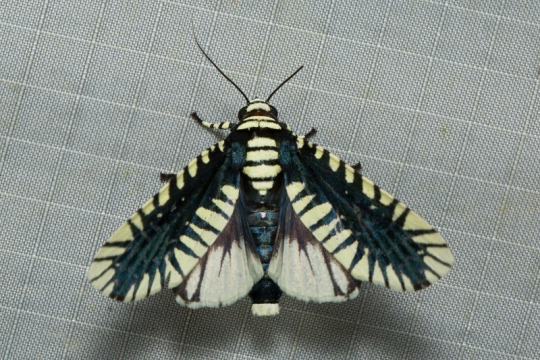
Image sources: [1] [2]
#moth#moths#lepidopterology#lepidoptera#nature#pretty moth#bugs#insect#moth of the day#motd#lepidoptery#entomology#bugblr#invertebrates#insects#bug#lepidopteran#apsarasa radians#beautiful moth#cool moth#noctuidae#noctuidae moth
386 notes
·
View notes
Text
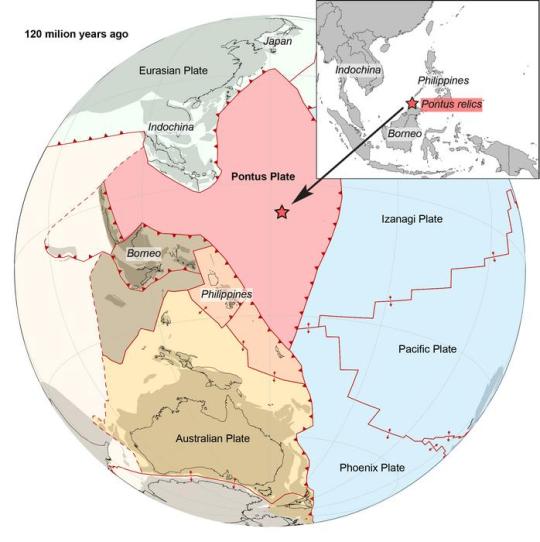
Plate tectonic surprise: Utrecht geologist unexpectedly finds remnants of a lost mega-plate
Utrecht University geologist Suzanna van de Lagemaat has reconstructed a massive and previously unknown tectonic plate that was once one-quarter the size of the Pacific Ocean. Her colleagues in Utrecht had predicted its existence over 10 years ago based on fragments of old tectonic plates found deep in the Earth’s mantle. Van de Lagemaat reconstructed lost plates through field research and detailed investigations of the mountain belts of Japan, Borneo, the Philippines, New Guinea, and New Zealand. To her surprise, she found that oceanic remnants on northern Borneo must have belonged to the long-suspected plate, which scientists have named Pontus. She has now reconstructed the entire plate in its full glory. Suzanna van de Lagemaat will defend her dissertation on this plate tectonics puzzle at Utrecht University on Friday, October 13.
Understanding the movements of the tectonic plates that make up the earth’s rigid outer shell is essential to understand the planet’s geological history. The movements of these plates strongly influenced how the planet’s paleogeography and climate have changed over time, and even where to find rare metals. But large oceanic plates from the geological past have since disappeared into the earth’s mantle by means of subduction. They have left behind only fragments of rock hidden in mountain belts. Van de Lagemaat studied the planet’s most complicated plate tectonic region: the area around the Philippines. “The Philippines is located at a complex junction of different plate systems. The region almost entirely consists of oceanic crust, but some pieces are raised above sea level, and show rocks of very different ages.”
Reconstruction
Using geological data, Van de Lagemaat first reconstructed the movements of the current plates in the region between Japan and New Zealand. That revealed how large the area was of plates that must have disappeared in the current western Pacific region. “We also conducted field work on northern Borneo, where we found the most important piece of the puzzle. We thought we were dealing with relicts of a lost plate that we already knew about. But our magnetic lab research on those rocks indicated that our finds were originally from much farther north, and had to be remnants of a different, previously unknown plate.” But the important realisation was yet to come. “11 years ago, we thought that the remnants of Pontus might lie in northern Japan, but we’d since refuted that theory”, explains Douwe van Hinsbergen, Van de Lagemaat’s PhD supervisor. “It was only after Suzanna had systematically reconstructed half of the ‘Ring of Fire’ mountain belts from Japan, through New Guinea, to New Zealand that the proposed Pontus plate revealed itself, and it included the rocks we studied on Borneo.”
Relics
The relics of Pontus are not only located on northern Borneo, but also on Palawan, an island in the Western Philippines, and in the South China Sea. Van de Lagemaat’s research also showed that a single coherent plate tectonic system stretched from southern Japan to New Zealand, and it must have existed for at least 150 million years. That is also a new discovery in the field.
Waves
The previous predictions of the existence of Pontus were made possible because a subducted plate leaves behind traces when it ‘sinks’ into the earth’s mantle: zones in the mantle with anomalous temperatures or compositions. These anomalies can be observed when seismographs pick up signals from earthquakes. Earthquakes send waves through Earth’s interior, and when they travel through an anomaly, such as a fragment from an old plate, the anomaly produces a disruption of the signal. Geologists can trace these disruptions to the existence of phenomena in the mantle, such as fragments of tectonic plates. That allows them to look 300 million years into the past; older plate fragments have ‘dissolved’ at the boundary between the mantle and the core. The study from 11 years ago showed that a large subduction zone must have run through the western paleo-Pacific Ocean, which separated the known Pacific plates in the east from the hypothetical Pontus plate in the west. This hypothesis has now been independently demonstrated by Van de Lagemaat’s research.
IMAGE....The Pontus oceanic plate that was reconstructed by Suzanna van de Lagemaat: its location in the paleo-Pacific ocean 120 million years ago, and its present relicts. An earlier study showed that a large subduction zone must have run through the western paleo-Pacific Ocean, which separated the known Pacific plates in the east from a hypothetical Pontus plate in the west. This hypothesis has now been independently demonstrated by Van de Lagemaat’s research. CREDIT Suzanna van de Lagemaat, Utrecht University
95 notes
·
View notes